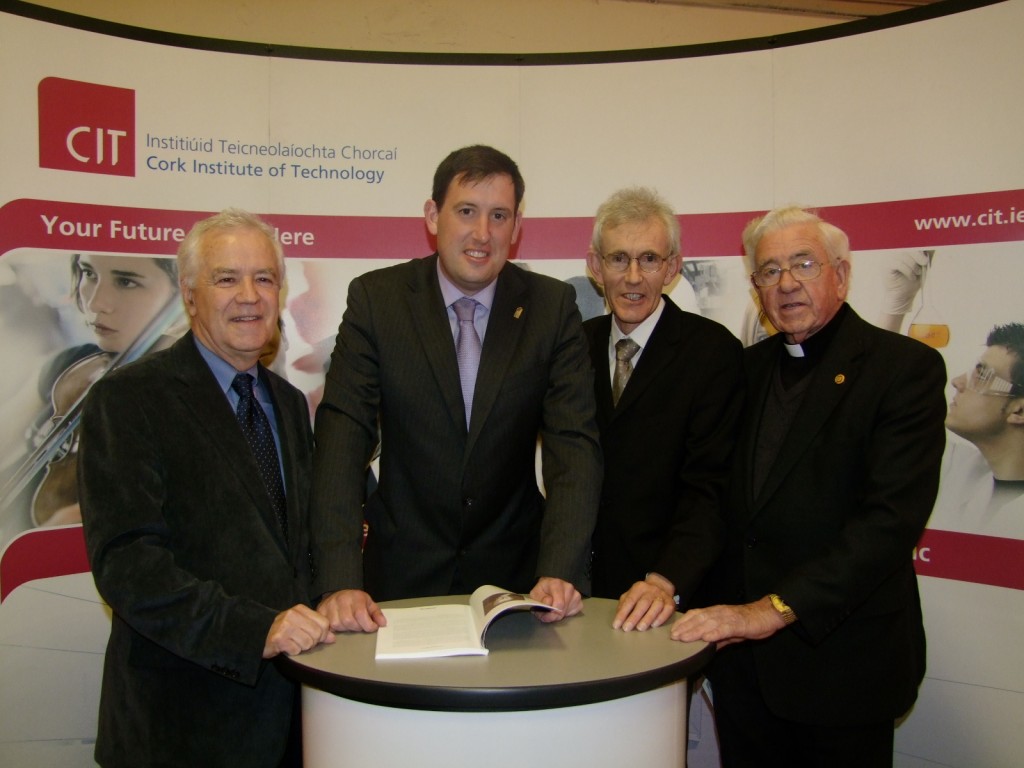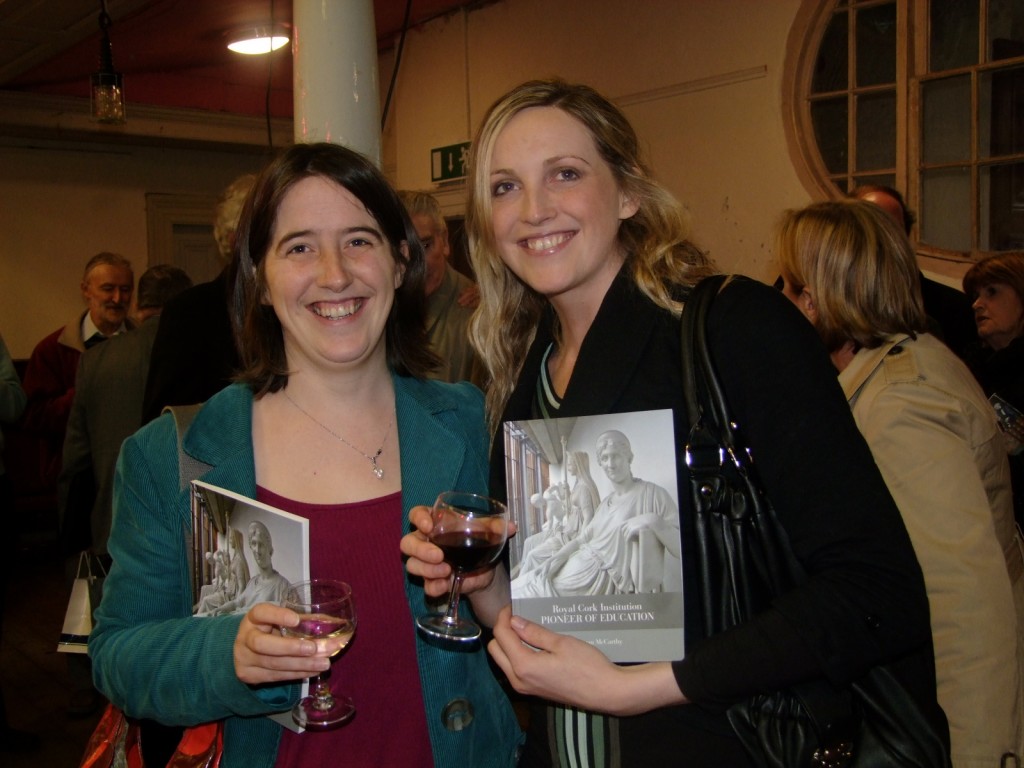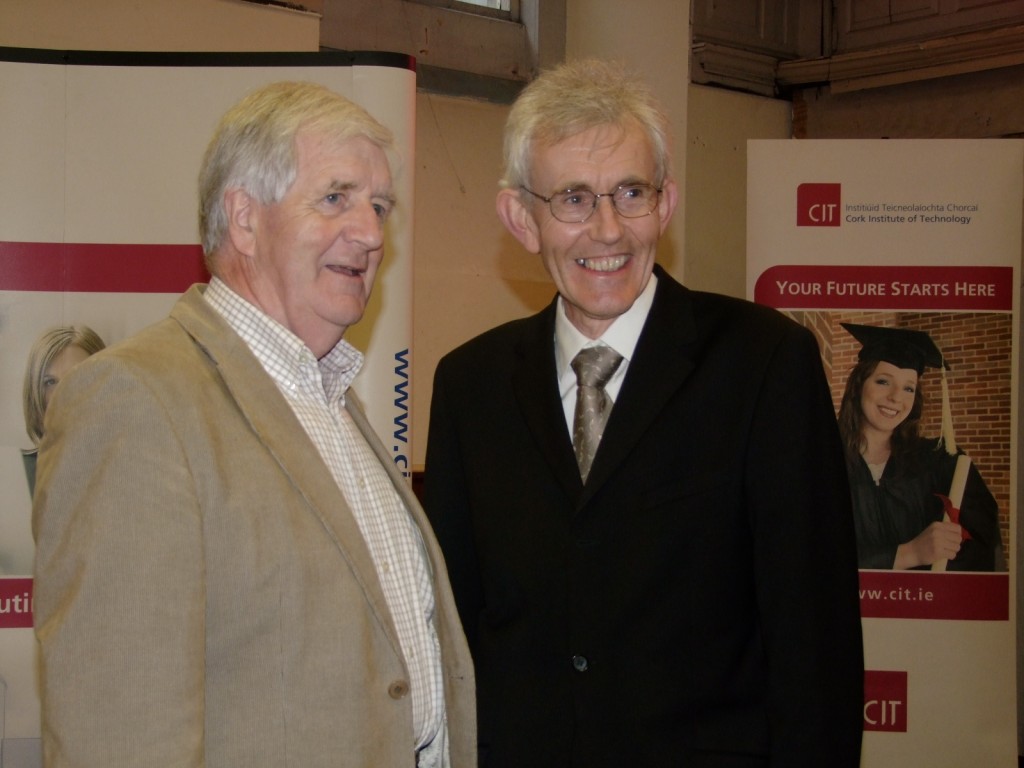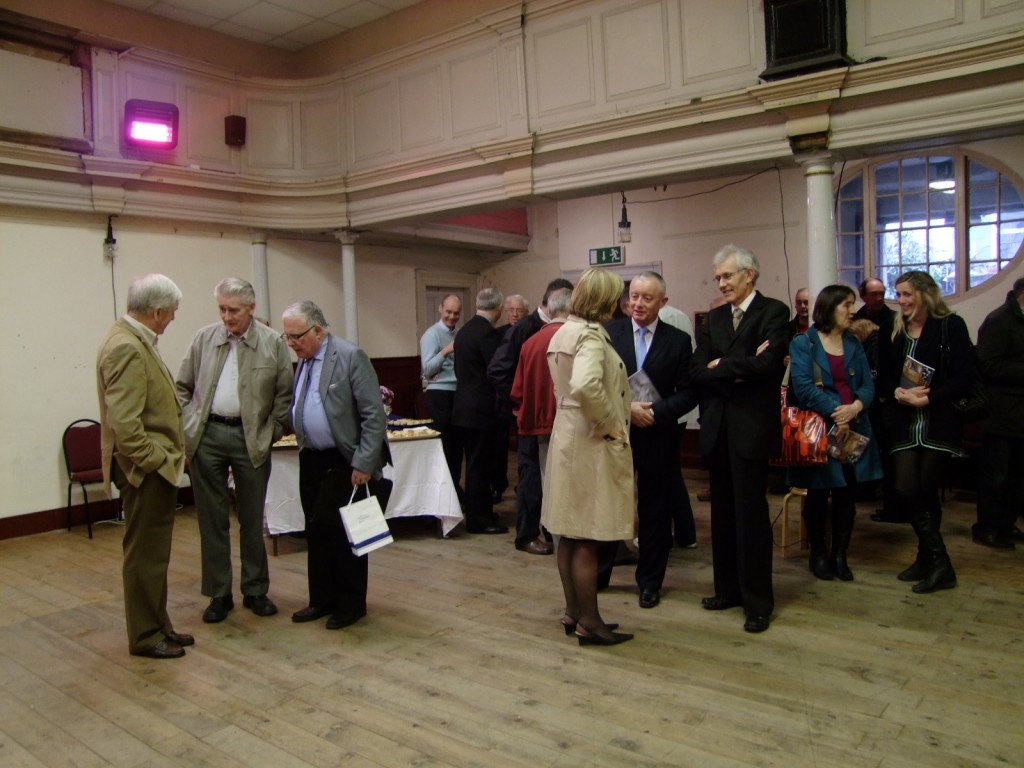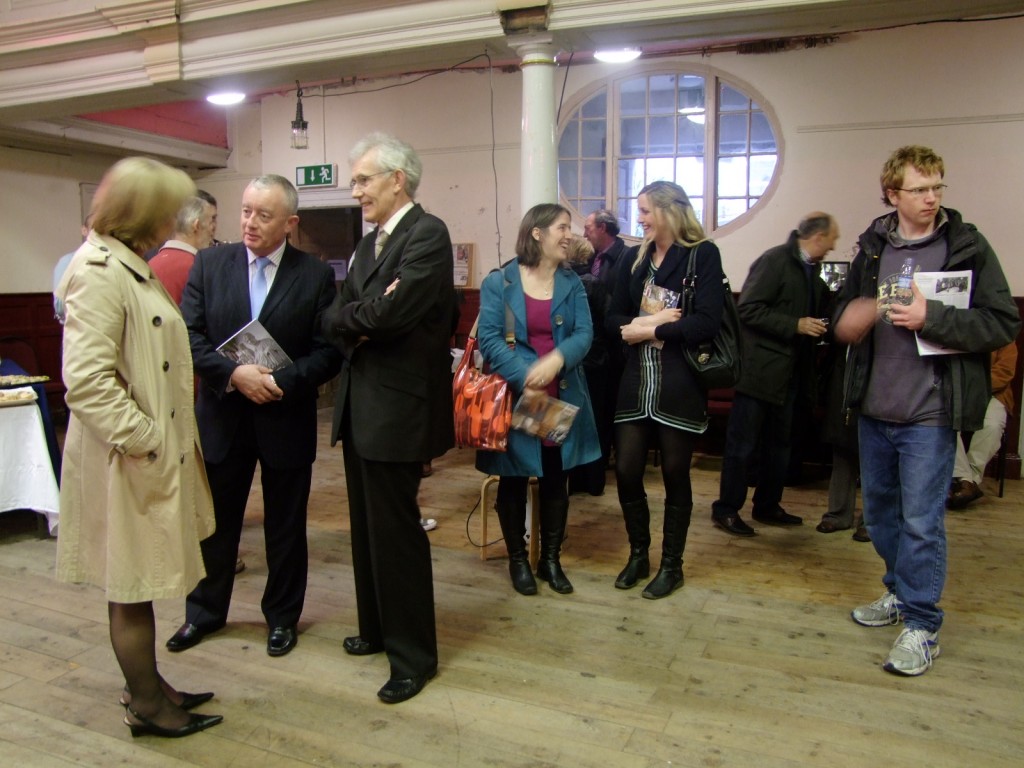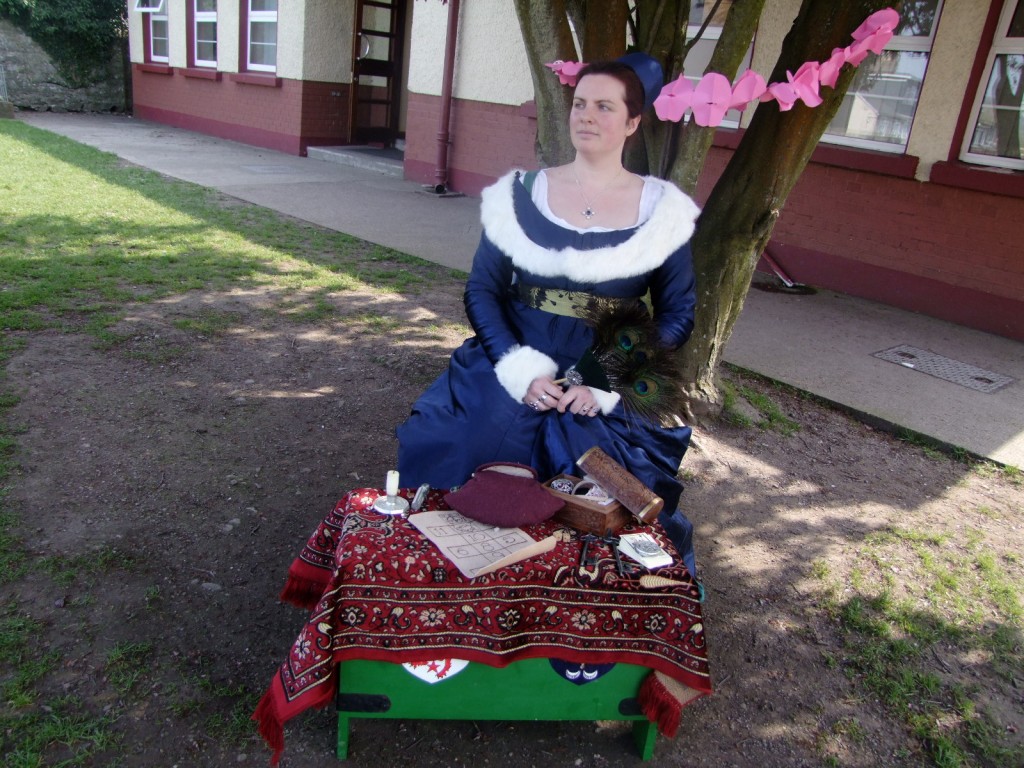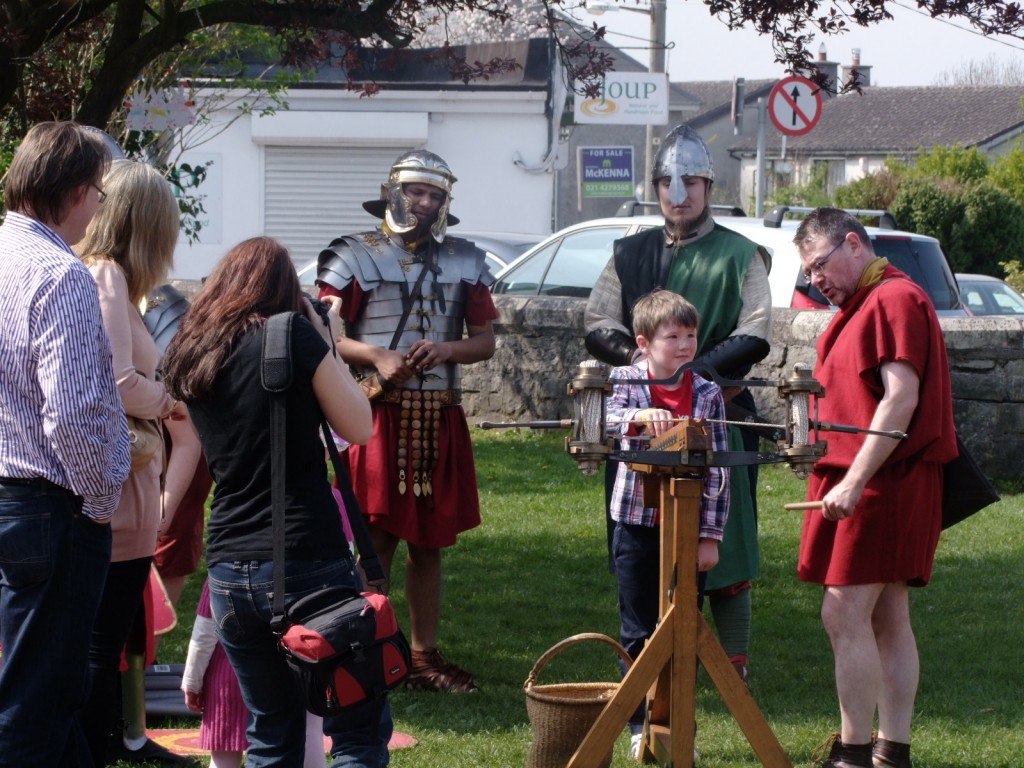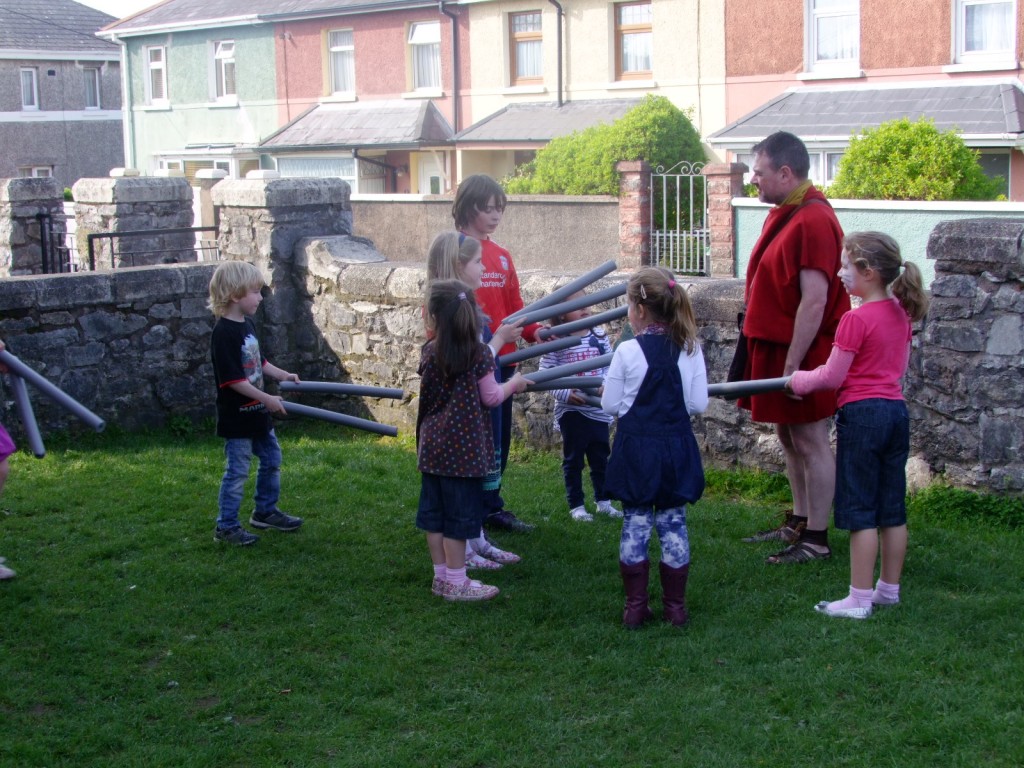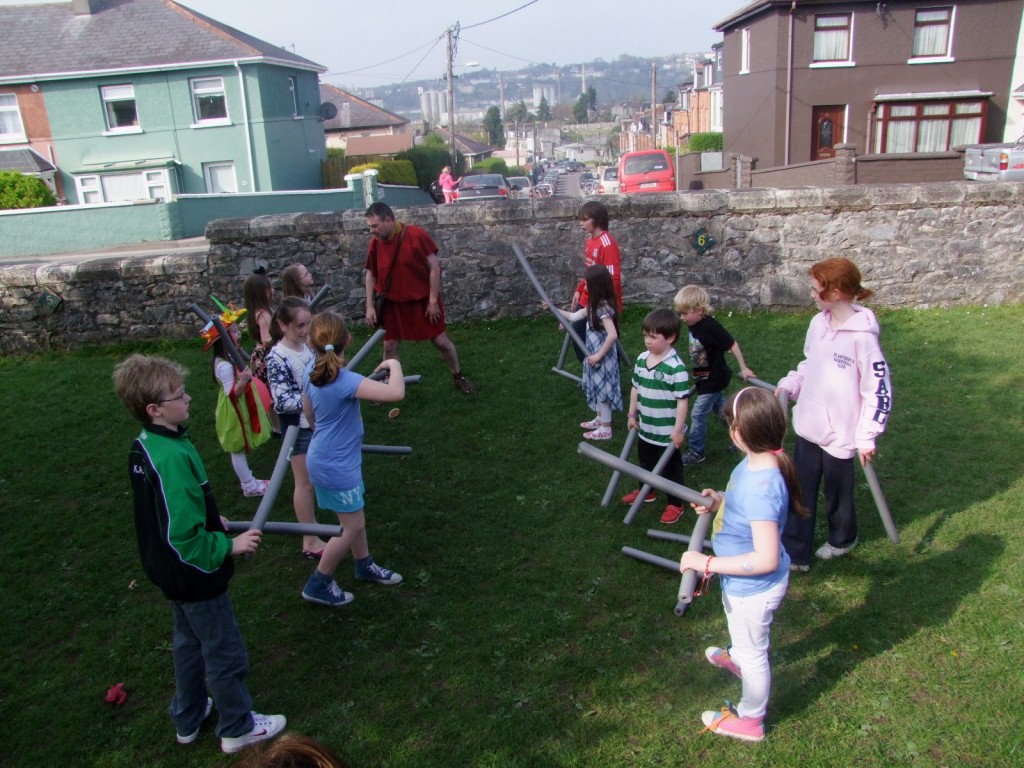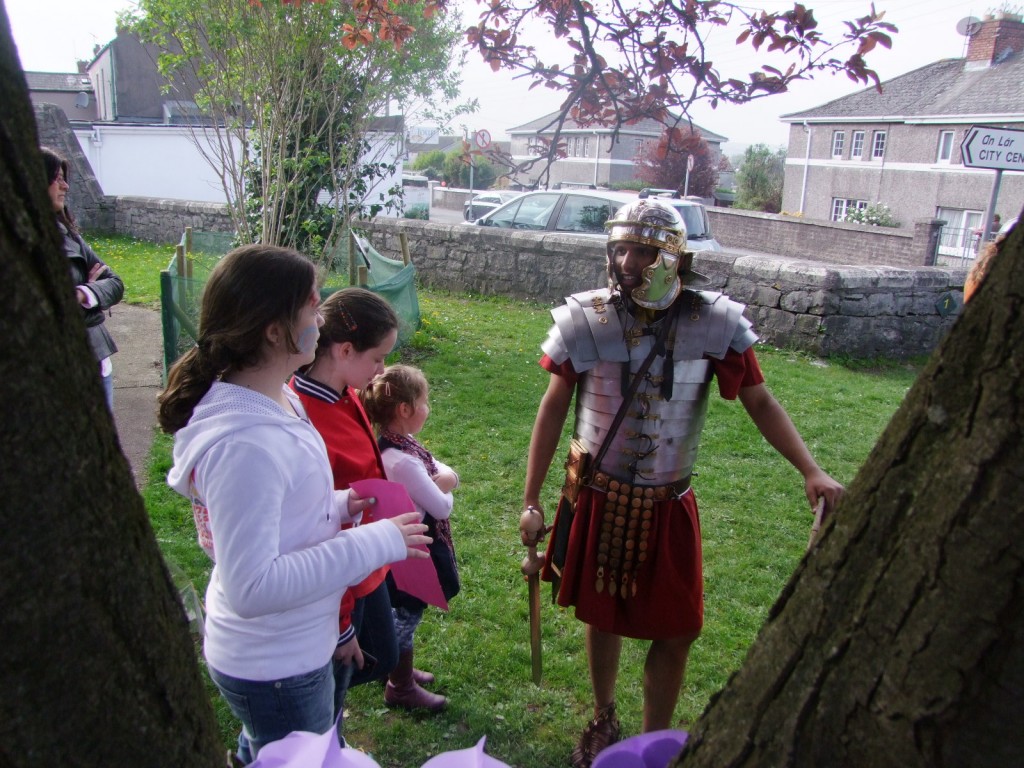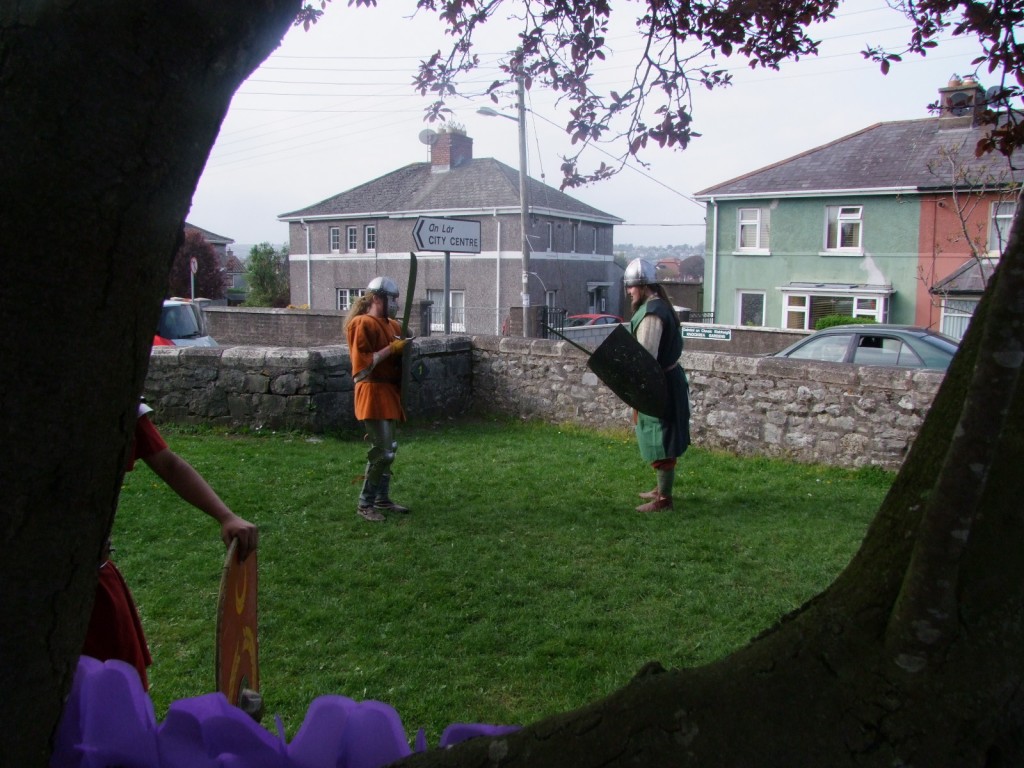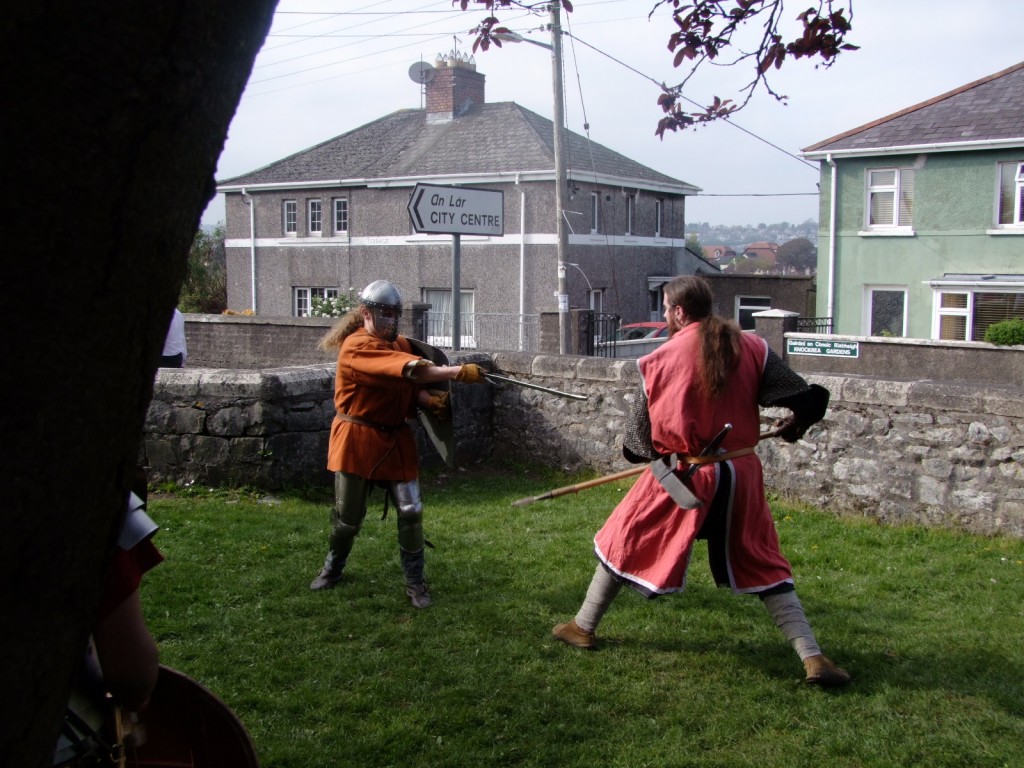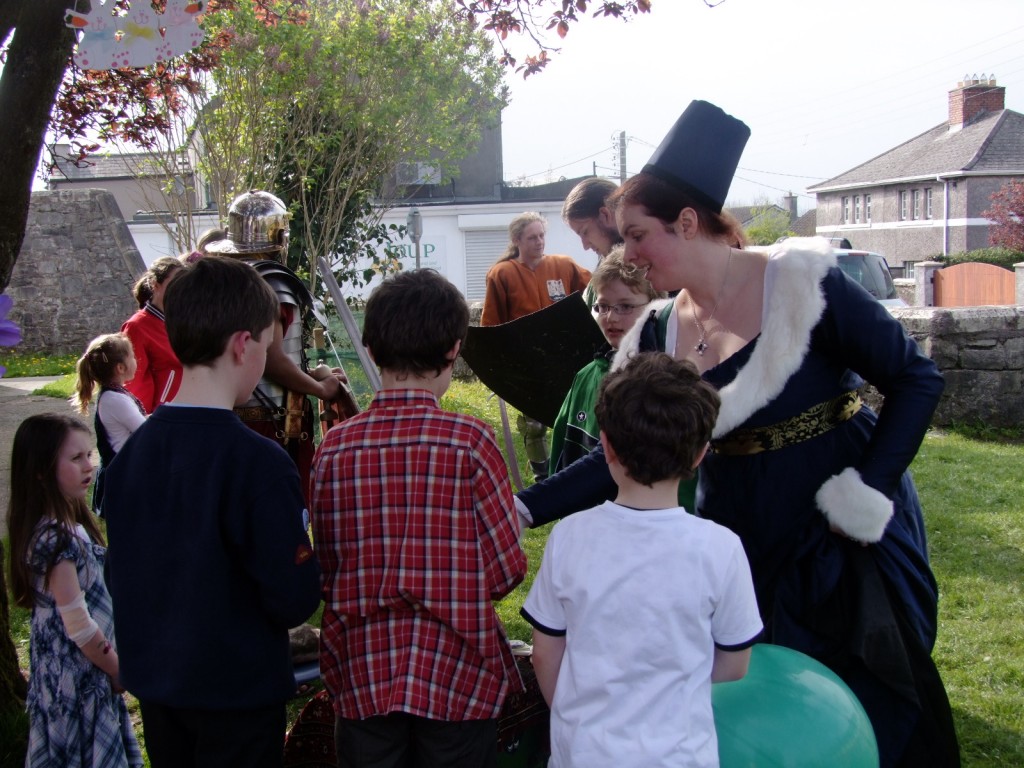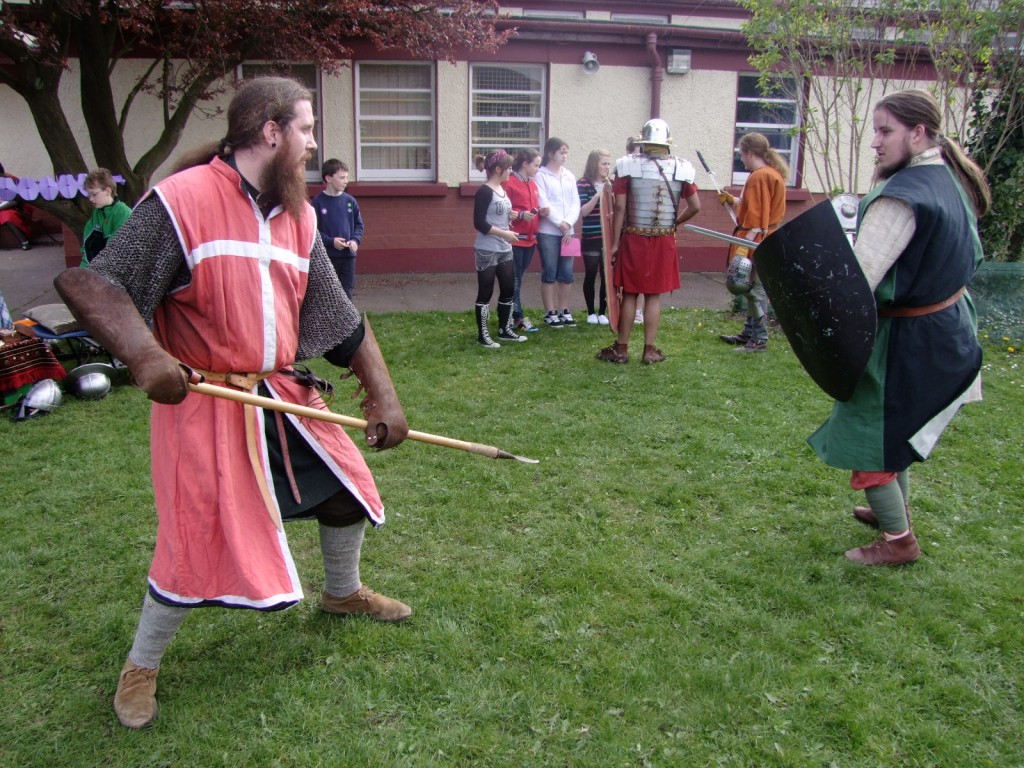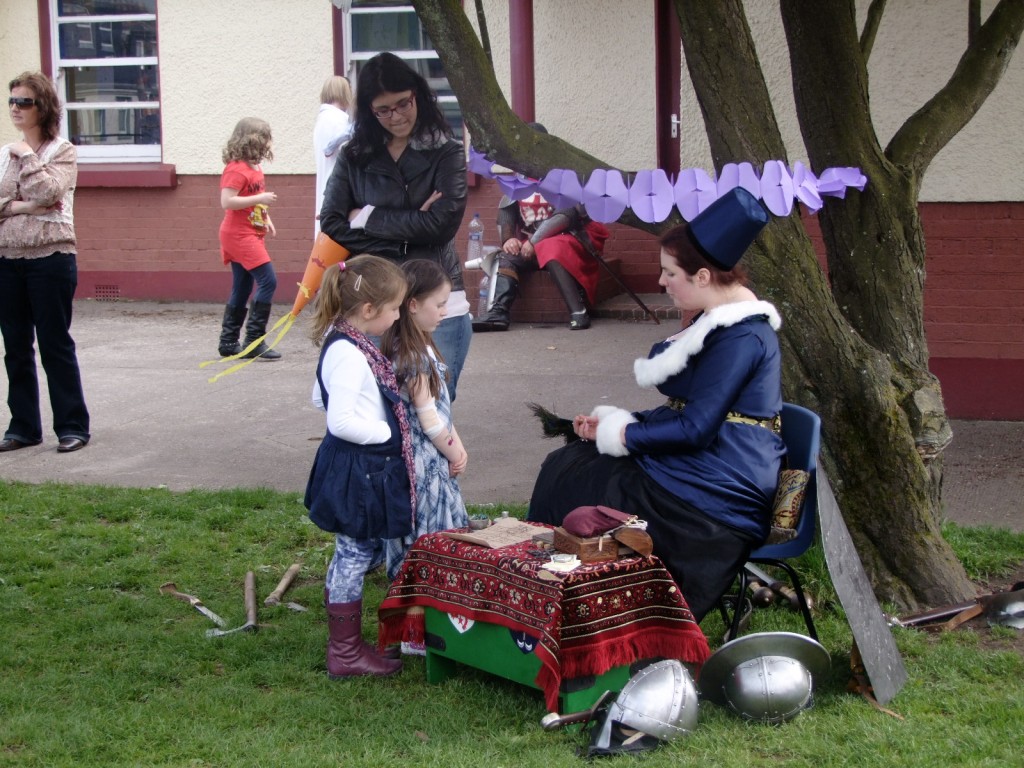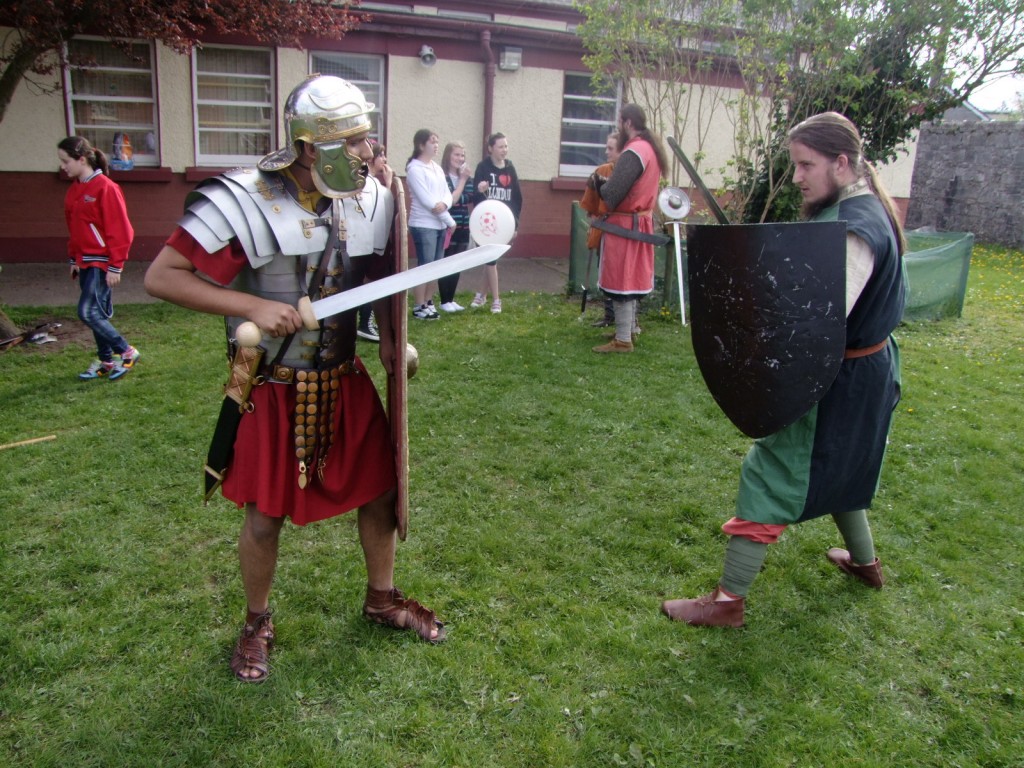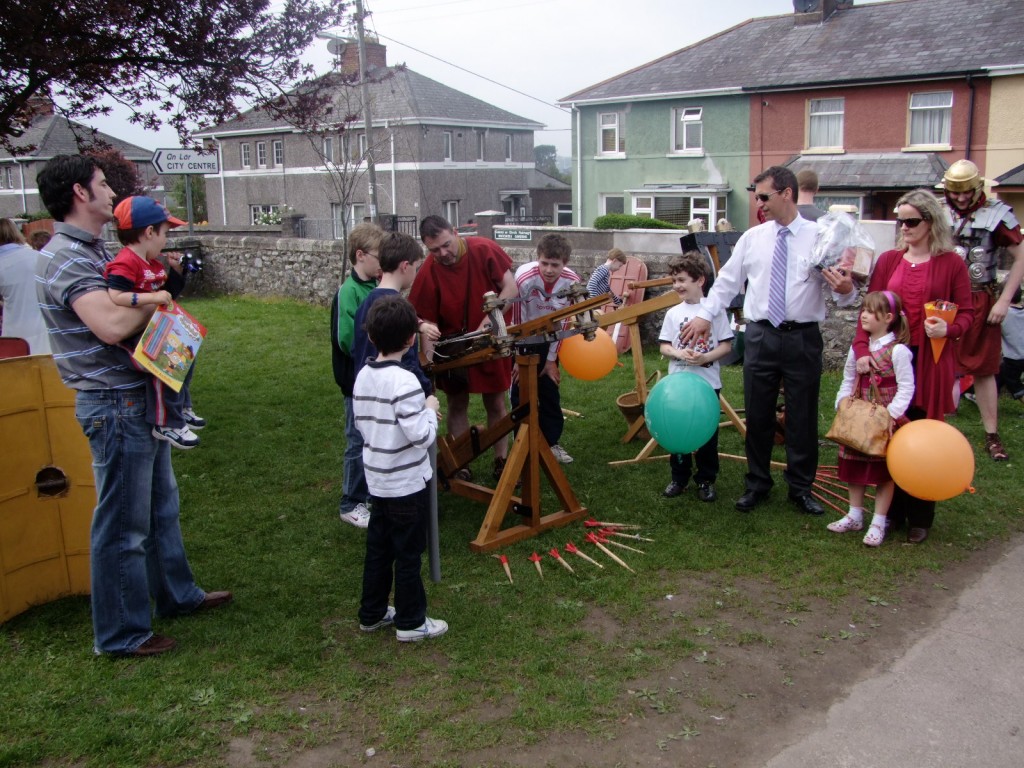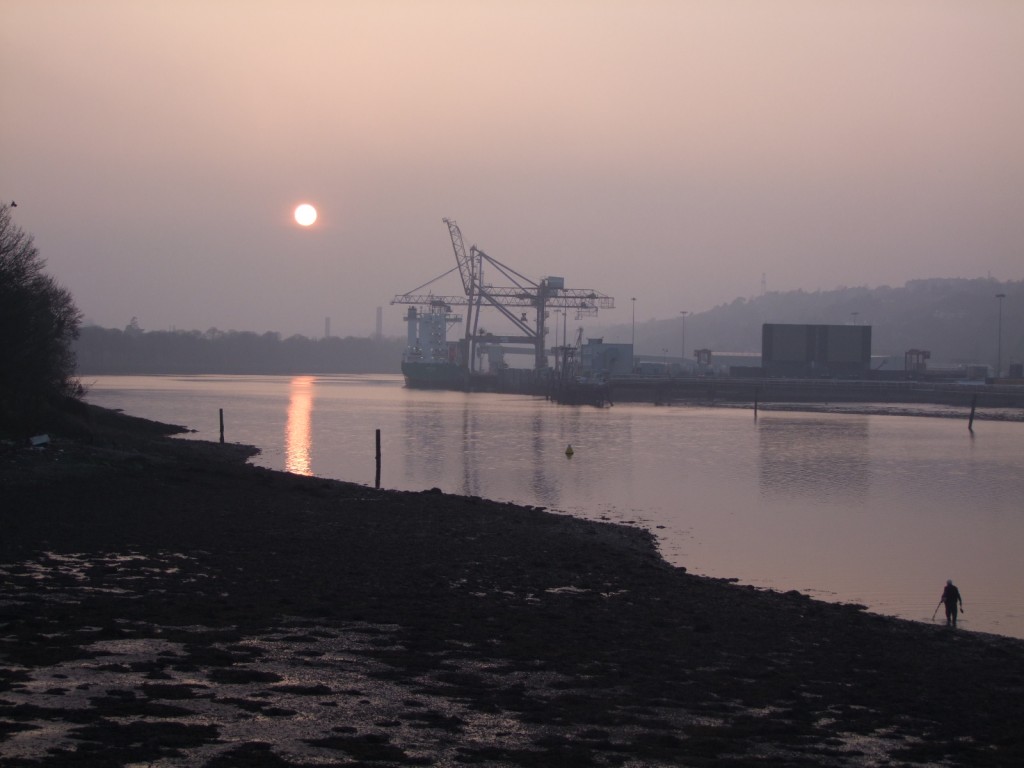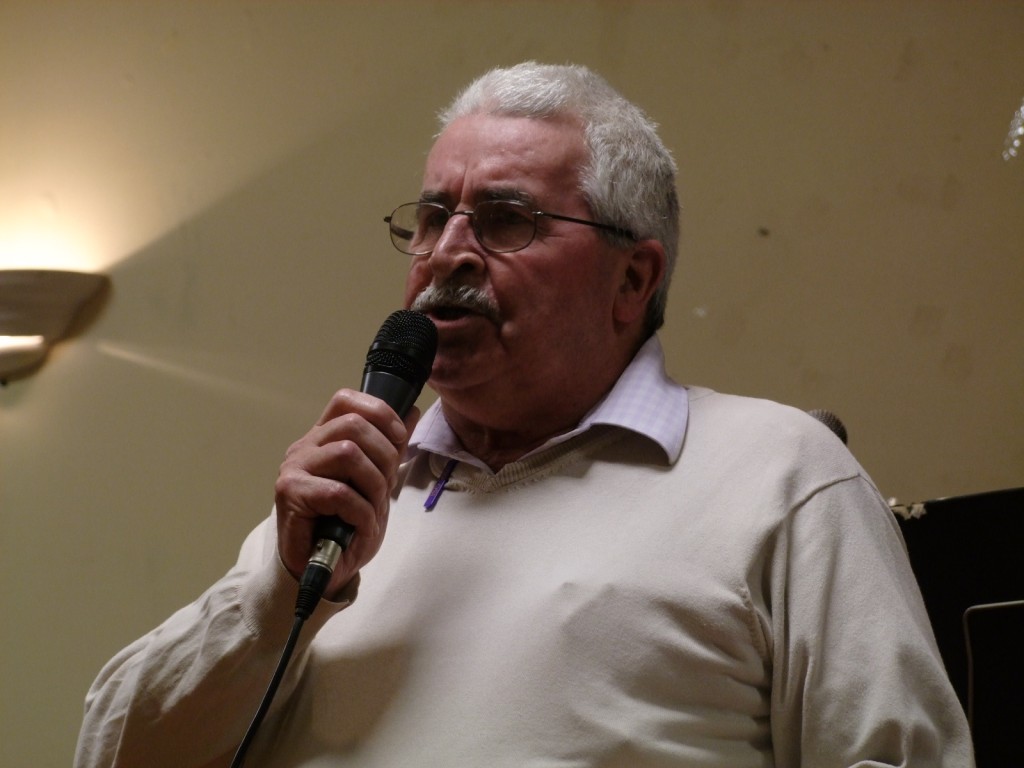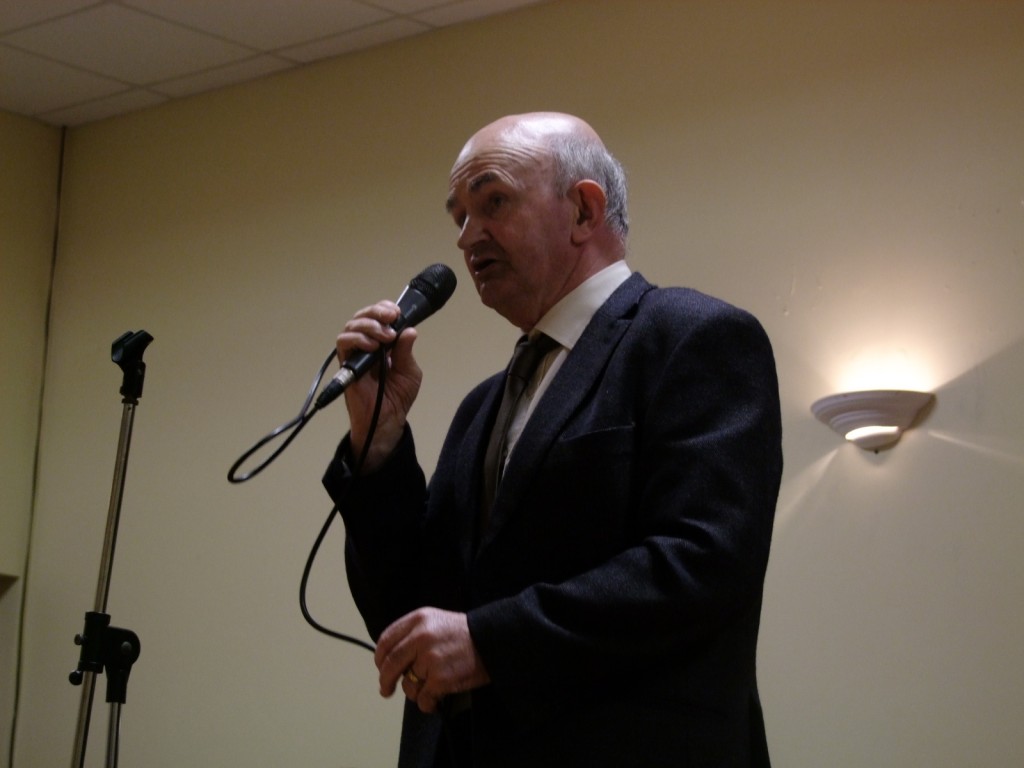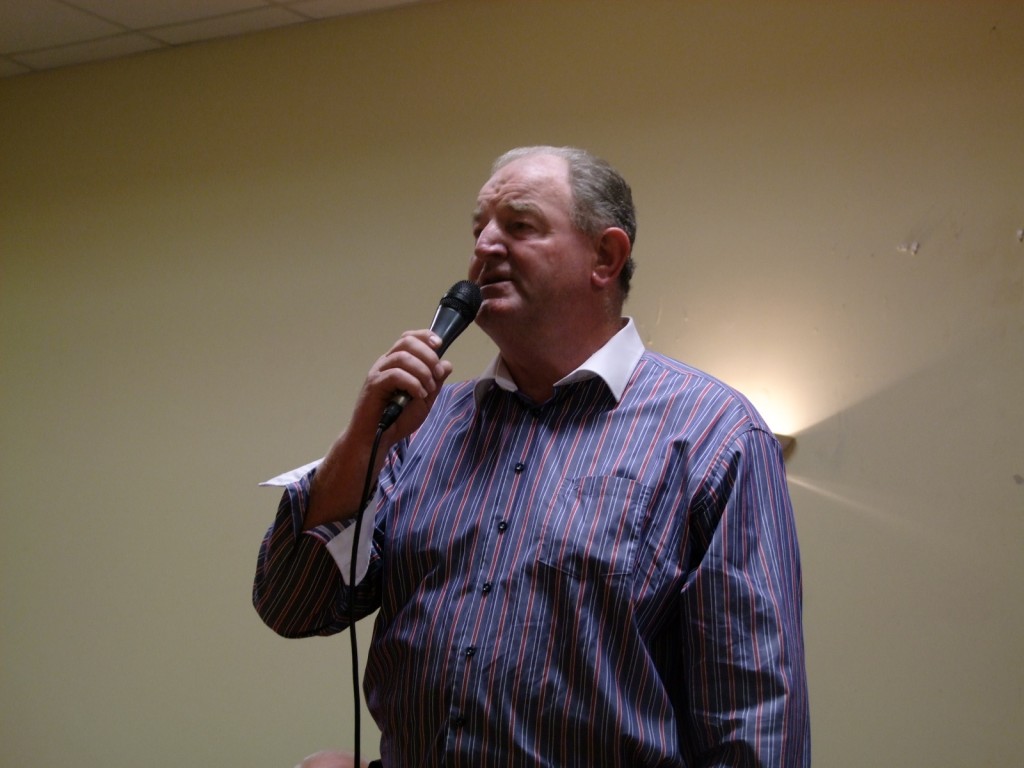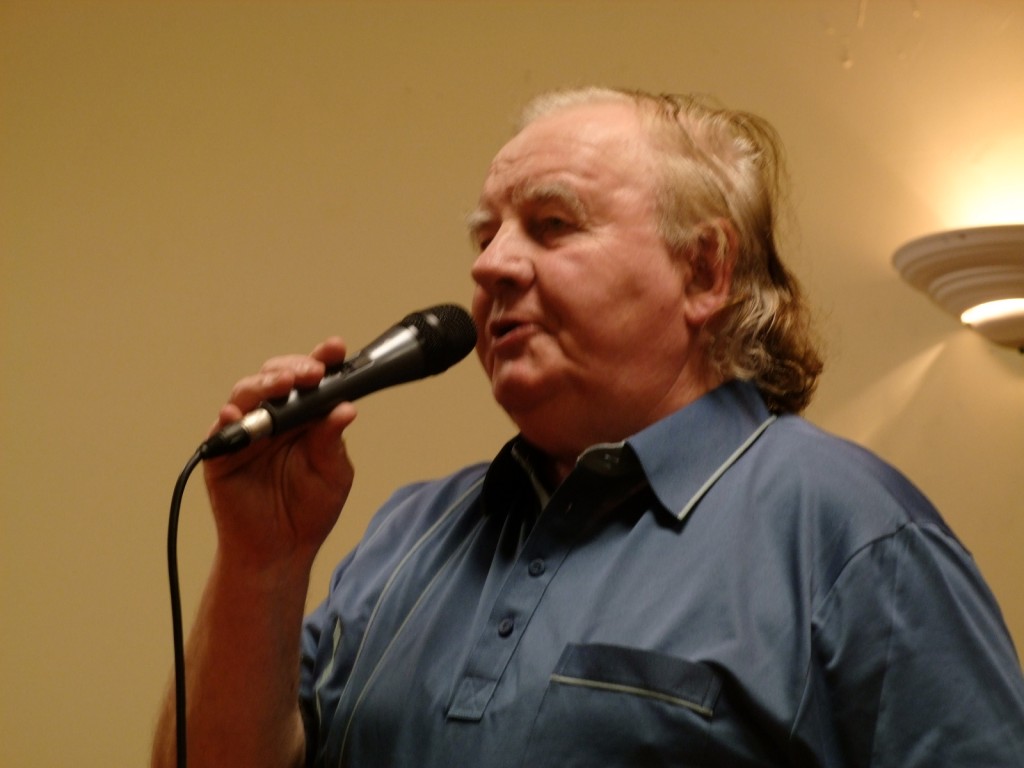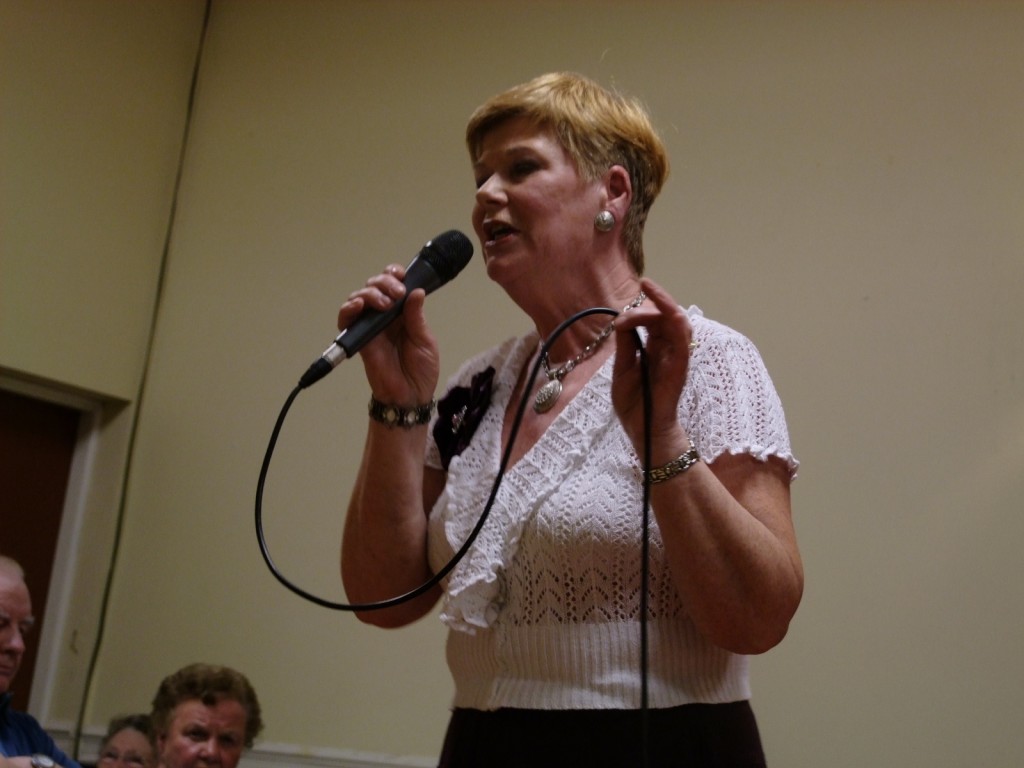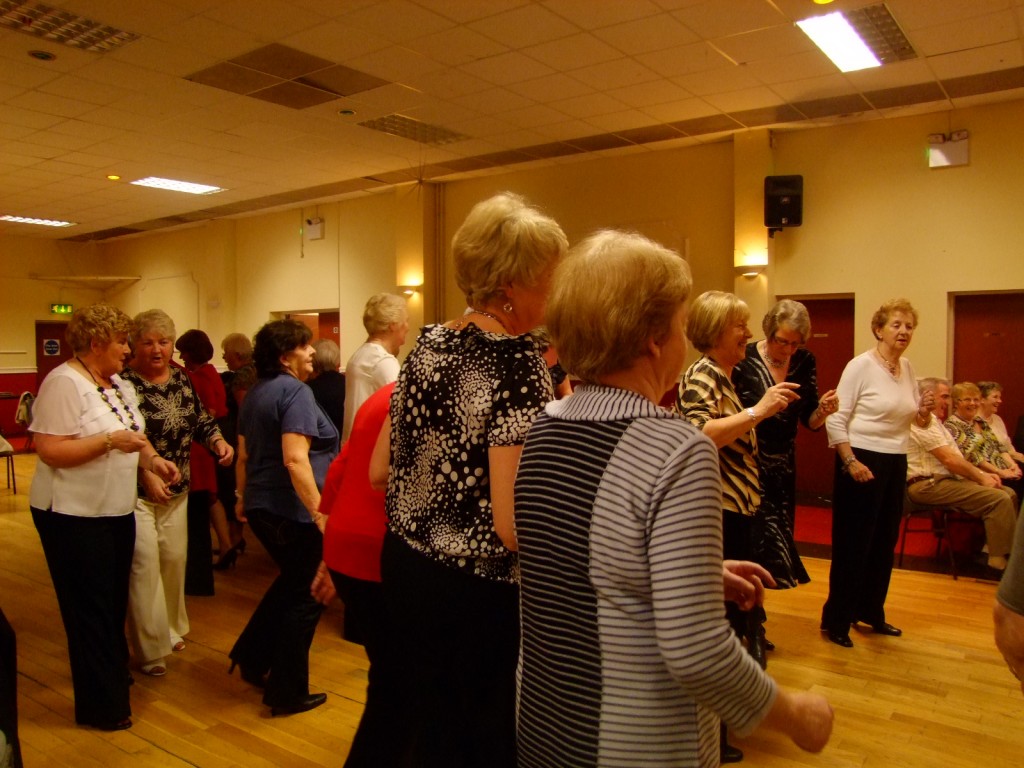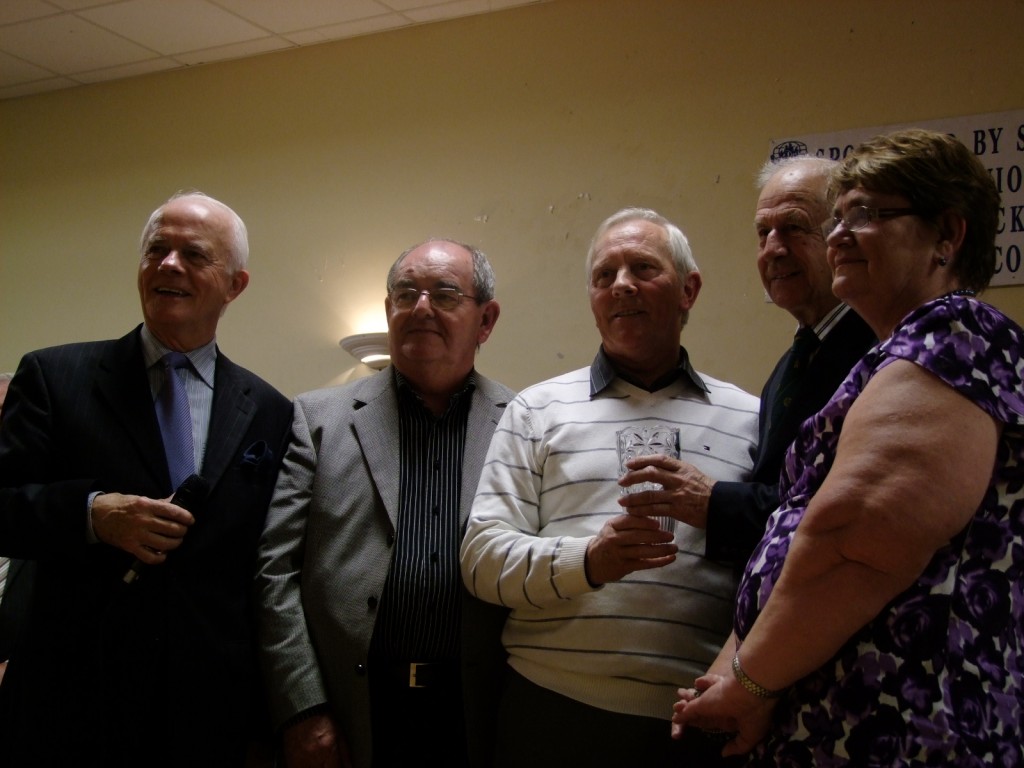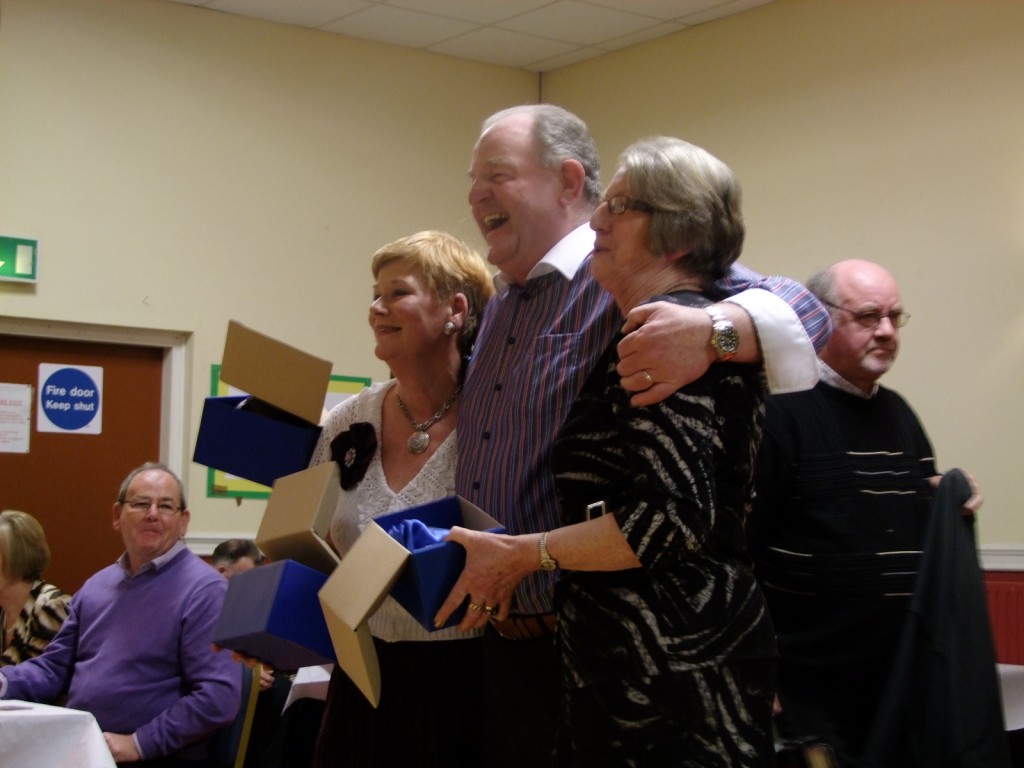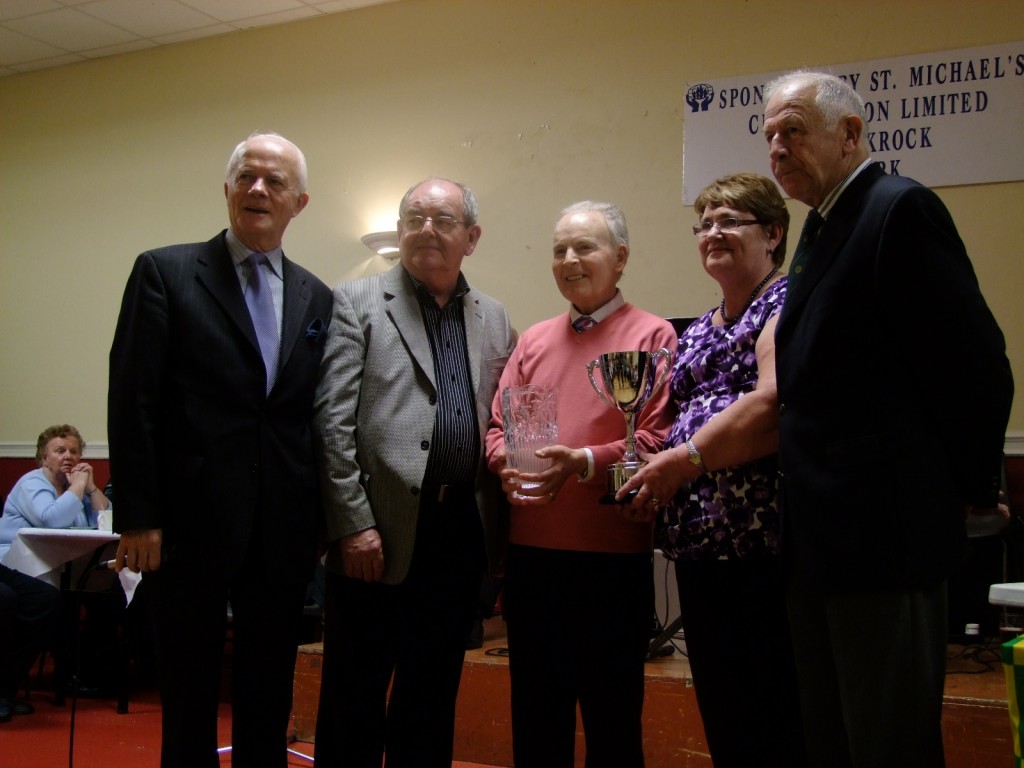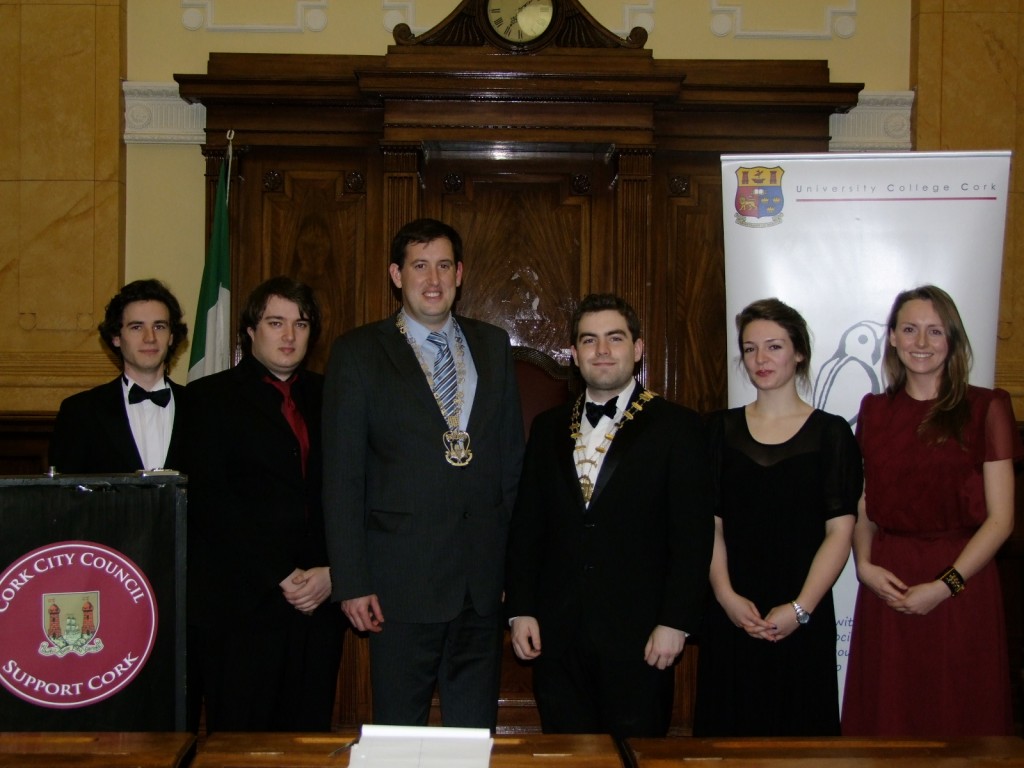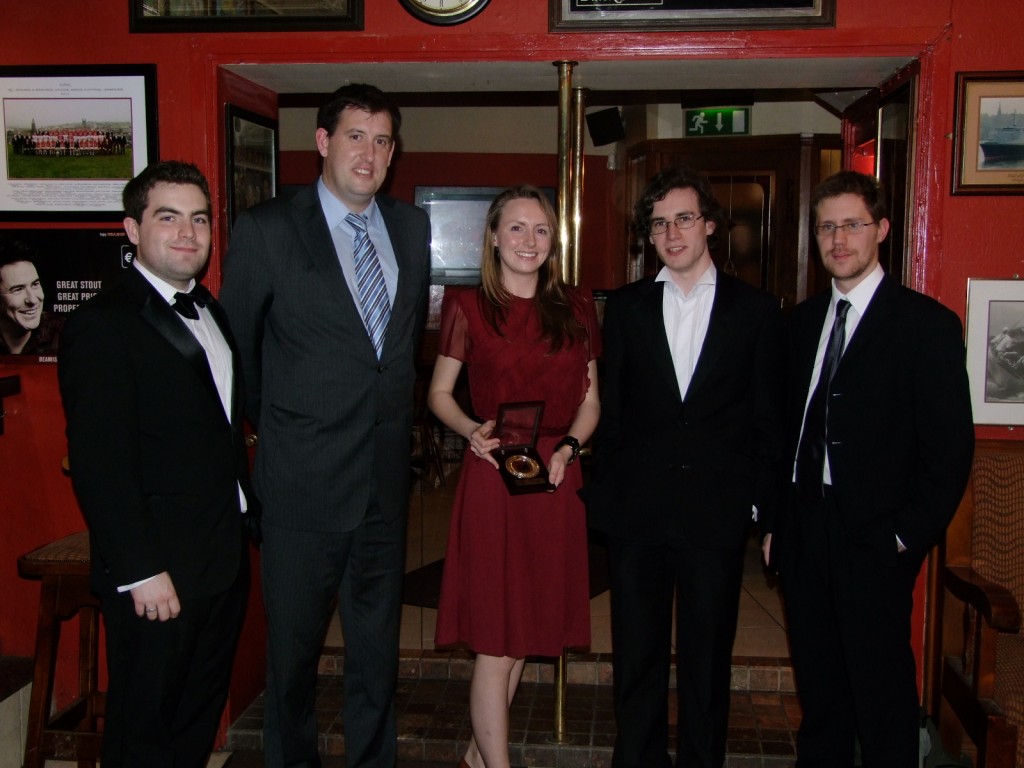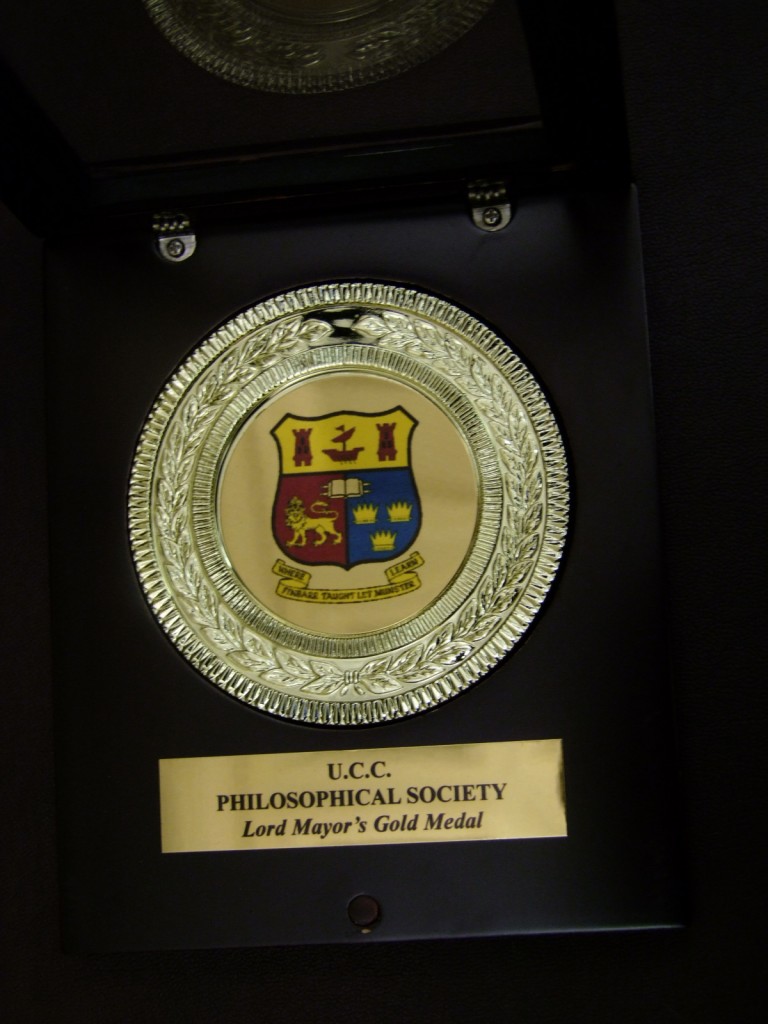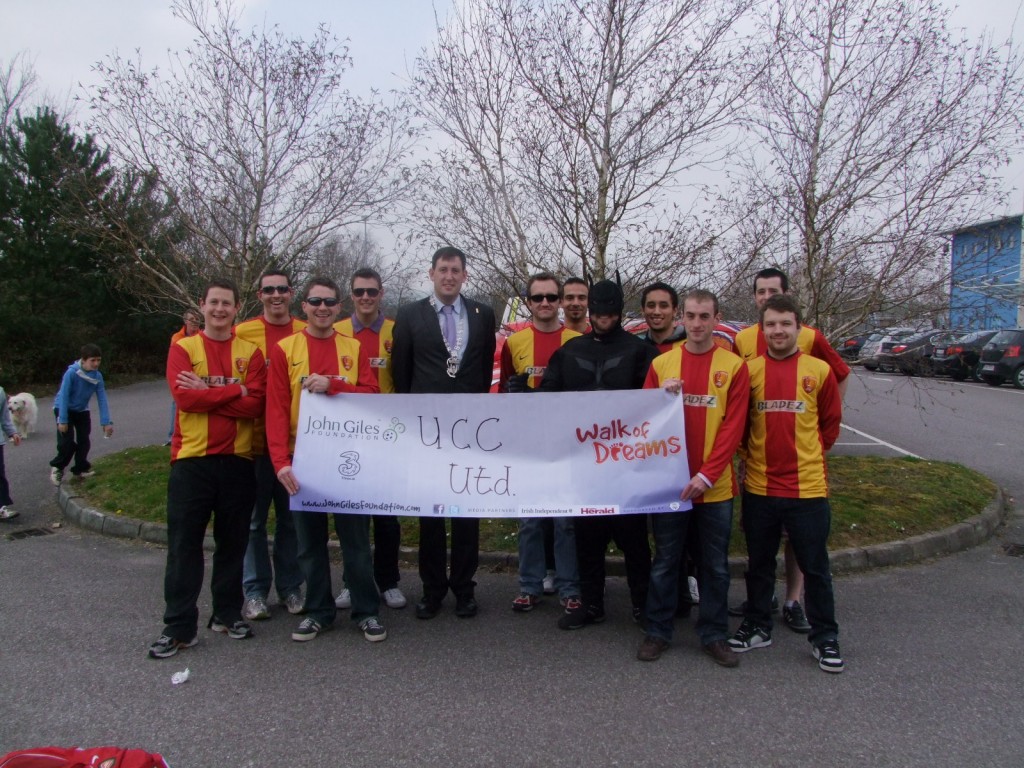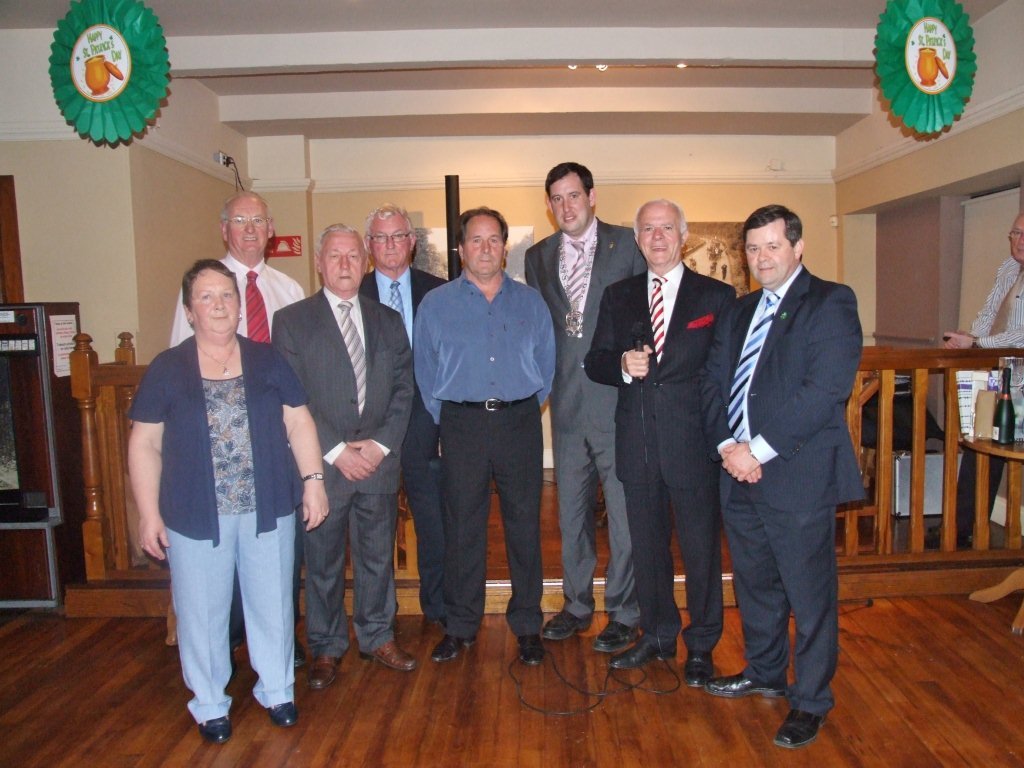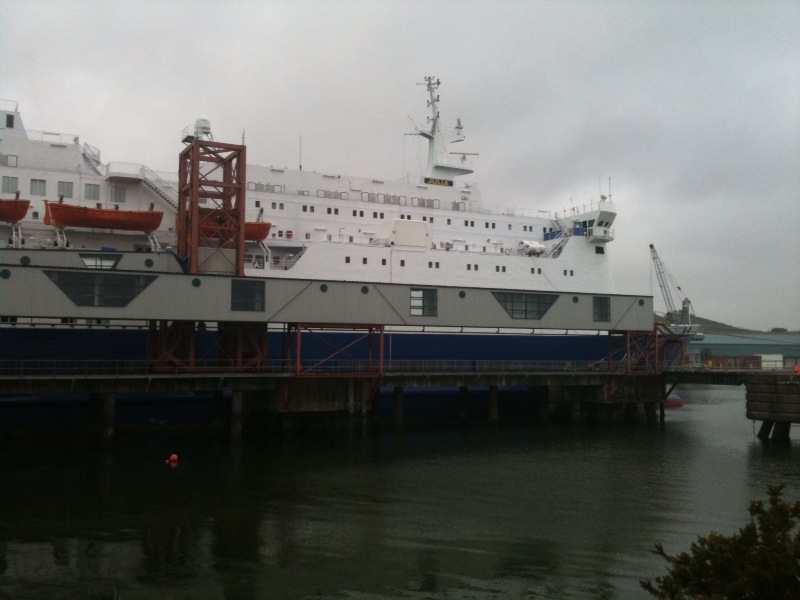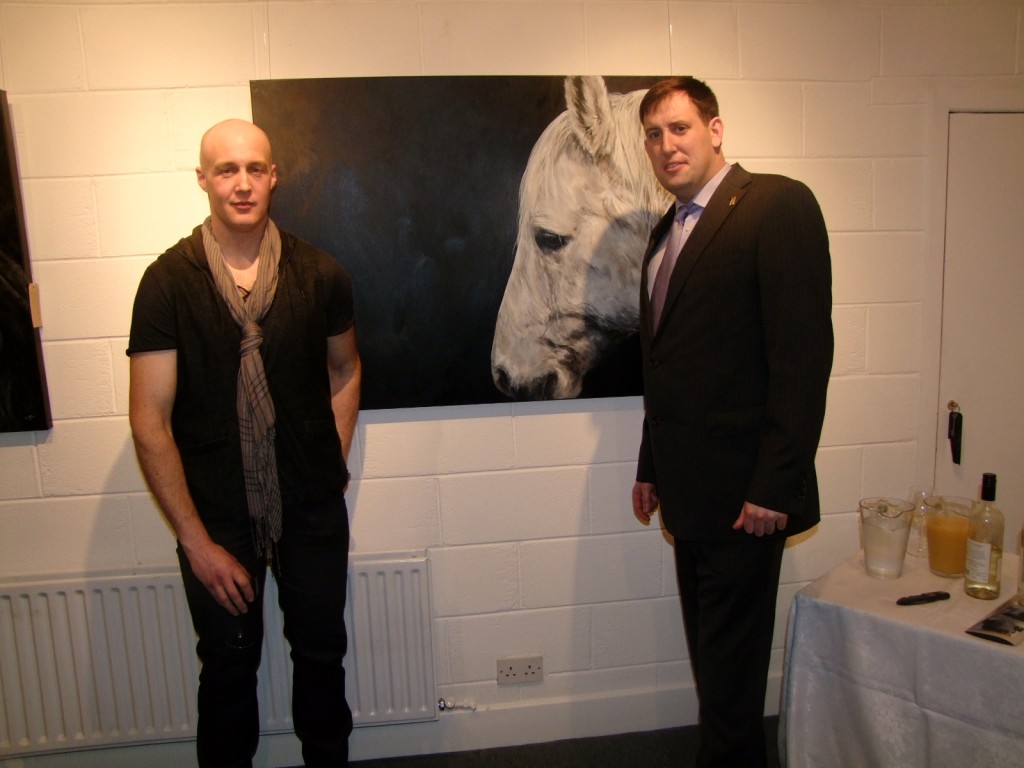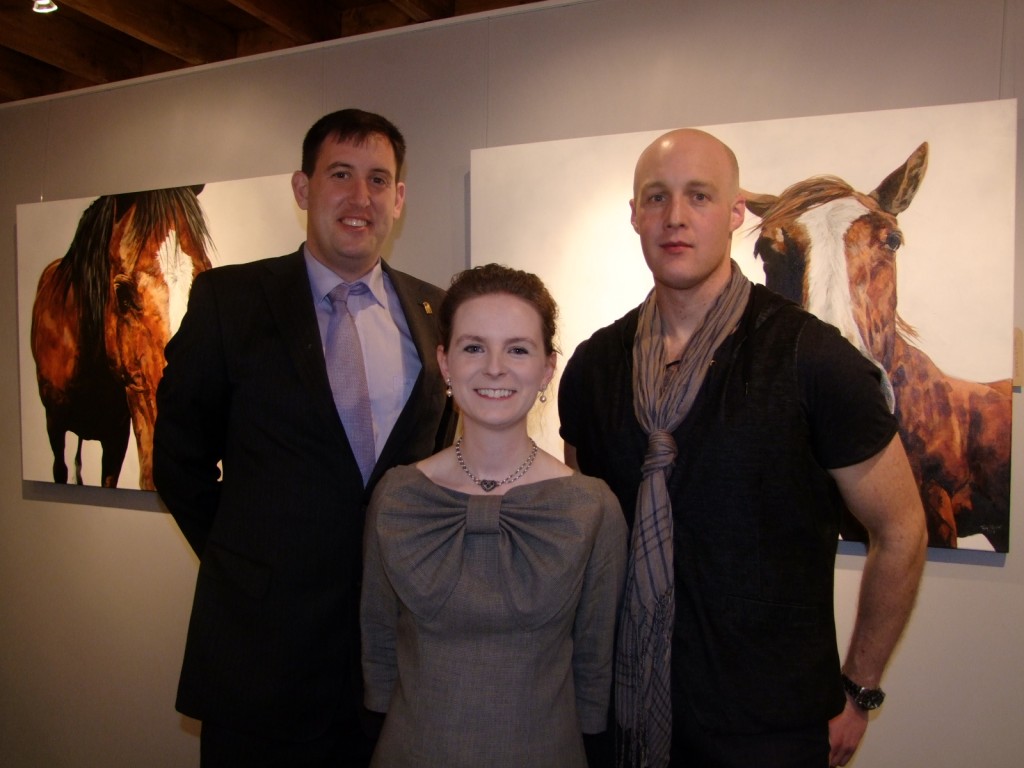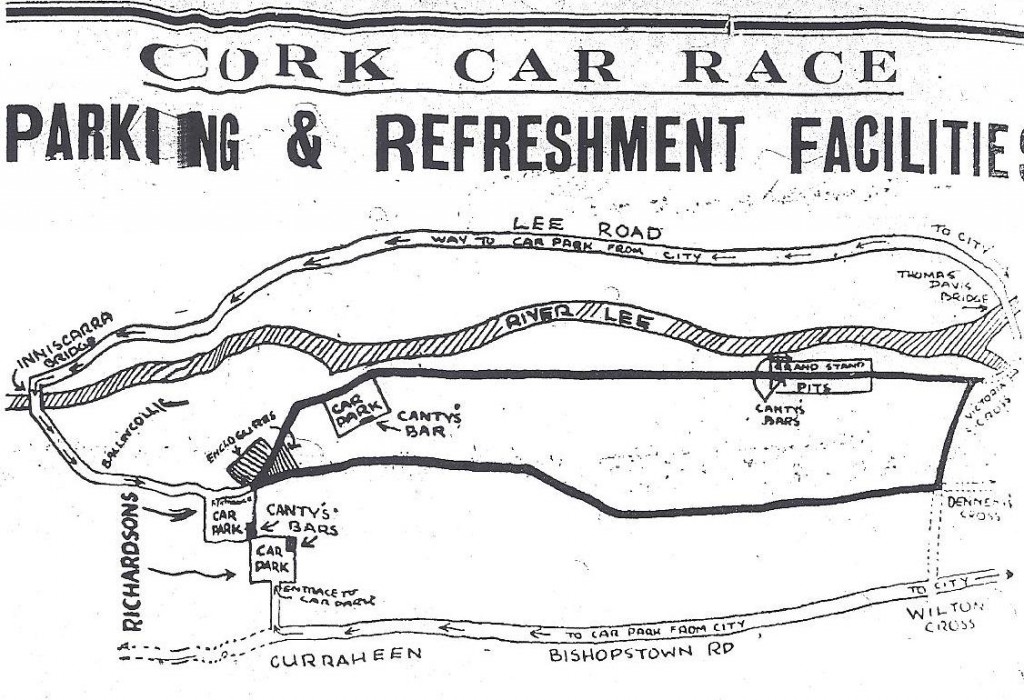Adapted speech notes from Kieran (me!)
…..A Positive Community:
In general at the moment in Ireland, all communities need a plan to create a better society, something that is better that what we left during the now mythic Celtic Tiger days. We need to take responsibility for part of this plan as well.
We need realistic steps to achieve that. We have a very positive community association plus a community with leaders with strong voices for keeping up a sense of pride, place and identity. The programme of this Community Association is made up of real steps. All too often we hear about a general vision for Irish community life but ultimately we need engines…drivers like yourselves to move it forward.
For many years all of you have worked at the heart of the community of this important corner of the world so that it will not become stale and disillusioned. You have pursued this through times of massive transformation in the Ballinlough area – new houses, new generations, the need for more car spaces and the decline in the public realm of some our amenity areas.
Two parts:
At present, there seems to be two growing numbers of people in Ballinlough, our mature population – there is a marked increase in the number of widows and secondly a marked increase in young families with young children and teenagers. And both need to be equally provided for. We need to invest in both generations bringing them along into the 21st century.
We are all aware of the great work that goes on for our more mature side of our population. We are all very proud of these fantastic efforts and all that is done and we have heard reports on that tonight. The latest edition I’m a big fan of the over 60s singing competitions…maybe I would like to see more social events- music and entertainment at seasonal times. These are dark days through which we have to mind ourselves more.
In terms of our youth projects we have all admired the great work conducted since 1978 in the Canon Horgan Hall and the renewed energy over the last two years by the Youth Clubs Committee in brining such projects such as the End of Summer Festival, Halloween parade, Christmas Soiree and Easter Parade to fruition. It is also important and essential that these projects receive a balance of funding from the association.
I see as well that in time that the Youth Hall will have to be redone in the next couple of years. That will be a major project and will require much energy. I was disappointed recently to see the lack of support by parents in the community for a youth cafe in Ballinlough, whereas in other areas of the city, sums of up to E.50,000 were accessed to set up projects.
There are also acres of young people living in this area and who pass through this area every day. Young people bring vibrancy and energy to any work they engage with. Most are also looking for opportunities to develop their talents and to fit in. It is important that we continue to get the younger generation involved in some shape or form – they are the next generation who need all our support and need the experience, wisdom and support of the older generation to move forward. There have been many examples of community groups in Cork City, even near here that have aged and died off with a slow and in some cases no reboot. I would encourage your group to approach our local secondary schools and develop some way of bringing our young people on board.
I would also like to see some members of the youth clubs committee on the community association and I’m going to argue vice-versa – the promotion of both our older people’s programme and our young people’s programmes together are very important and should be reflected on and acted upon. With all that said though, I wish to relay that in the last year I have had much positive feedback from other community associations in the ward on how Ballinlough is thinking outside of the box and pursuing engaging community project and people asking how is Ballinlough doing that?
To conclude….
It is my own view that community leaders are like giant spotlights in the sky; they can and will continue to uphold human values for all to see and replicate, they can send out the message that we do need to care – care about something… to do something purposeful…to move yourself forward… to hone our personal talents, which we all have or even seek advice.
Today’s Society needs all of those traits in abundance.
I would also like to thank the people of Ballinlough for supporting me on my initiatives – marketing programme, History in Action, the Talent Competition and the history tour across the area last August– plus adding immensely to these working tours through their personal knowledge of the area.
I hope to continue the tour hopefully next month. Next Saturday I have a walking tour of St. Finbarr’s Hospital exploring its history and that side of Ballinlough- Turner’s Cross and if there are people interested you are more than welcome to come along starting at 11am.
I am delighted to be present tonight and look forward to working with you again in the following year.
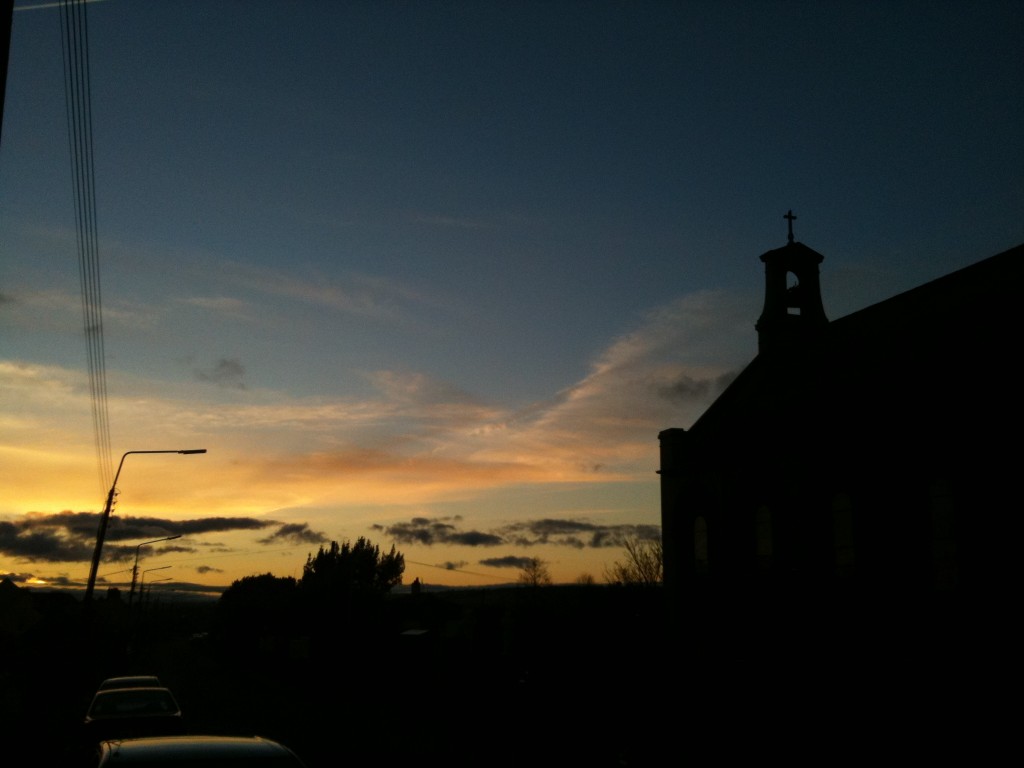
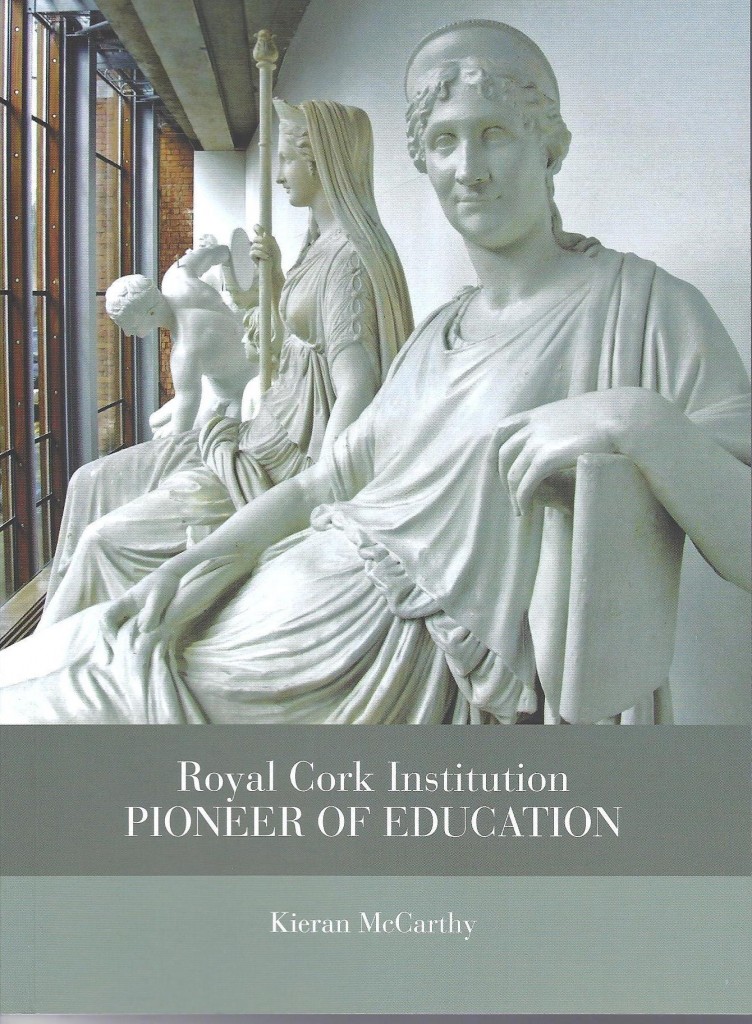 Many thanks to everyone for turning out here this evening.
Many thanks to everyone for turning out here this evening.  I admire greatly what Hincks achieved and ultimately his legacy, the legacy of the Royal Cork Institution. In particular, the ideas of education and its value, how he drove that…
I admire greatly what Hincks achieved and ultimately his legacy, the legacy of the Royal Cork Institution. In particular, the ideas of education and its value, how he drove that…
